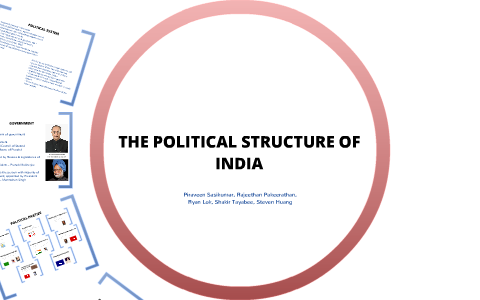Political structure
India's political structure is built on a complex federal system designed to manage the country's large and diverse population and their diverse ethnic, cultural and linguistic needs. Below is a more detailed account of the political structure of India:
1. Constitution
The Constitution of India was adopted on January 26, 1950, and this document is the fundamental law of the country. It determines the democratic foundations of the country, the rights and freedoms of citizens and controls the structure of the government.
2. Federal Structure
India is a federal structure consisting of 28 states and 8 union territories. Each state has its own government and has its own legislature. The powers between the federal government and the state governments are clearly defined by the Constitution.
3. Legislative body
The Indian legislative system consists of a bicameral Parliament: the Upper House (Rajya Sabha) and the Lower House (Lok Sabha).
The Rajya Sabha represents the interests of the states and its members are elected or appointed by the state governments.
The Lok Sabha is directly elected by the people and plays a key role in the law-making activities of the government. Members of the Lok Sabha are elected in general elections.
4. Executive Government
The executive branch of India consists of the president, prime minister and members of the cabinet.
President:
Is the head of state of India and performs mainly ceremonial duties. The president is elected by the legislative councils of the states and federal territories.
Is the head of state of India and performs mainly ceremonial duties. The president is elected by the legislative councils of the states and federal territories.
Prime Minister: He is the head of the government and has real political power. The Prime Minister is usually elected from the party with the majority in the Lok Sabha, and he manages the day-to-day affairs of the government.
5. Court-Legal System
The Indian judiciary is independent and consists of three tiers of judiciary: the Supreme Court, the Federal Courts and the Local Courts. The Supreme Court is the highest judicial body and serves as the last instance on constitutional matters.
India's political structure allows for the administration of a complex society comprising various political, ethnic and religious groups. This system is aimed at ensuring stability and development by integrating many strata of the country and taking into account their various demands.

Комментарии
Отправить комментарий